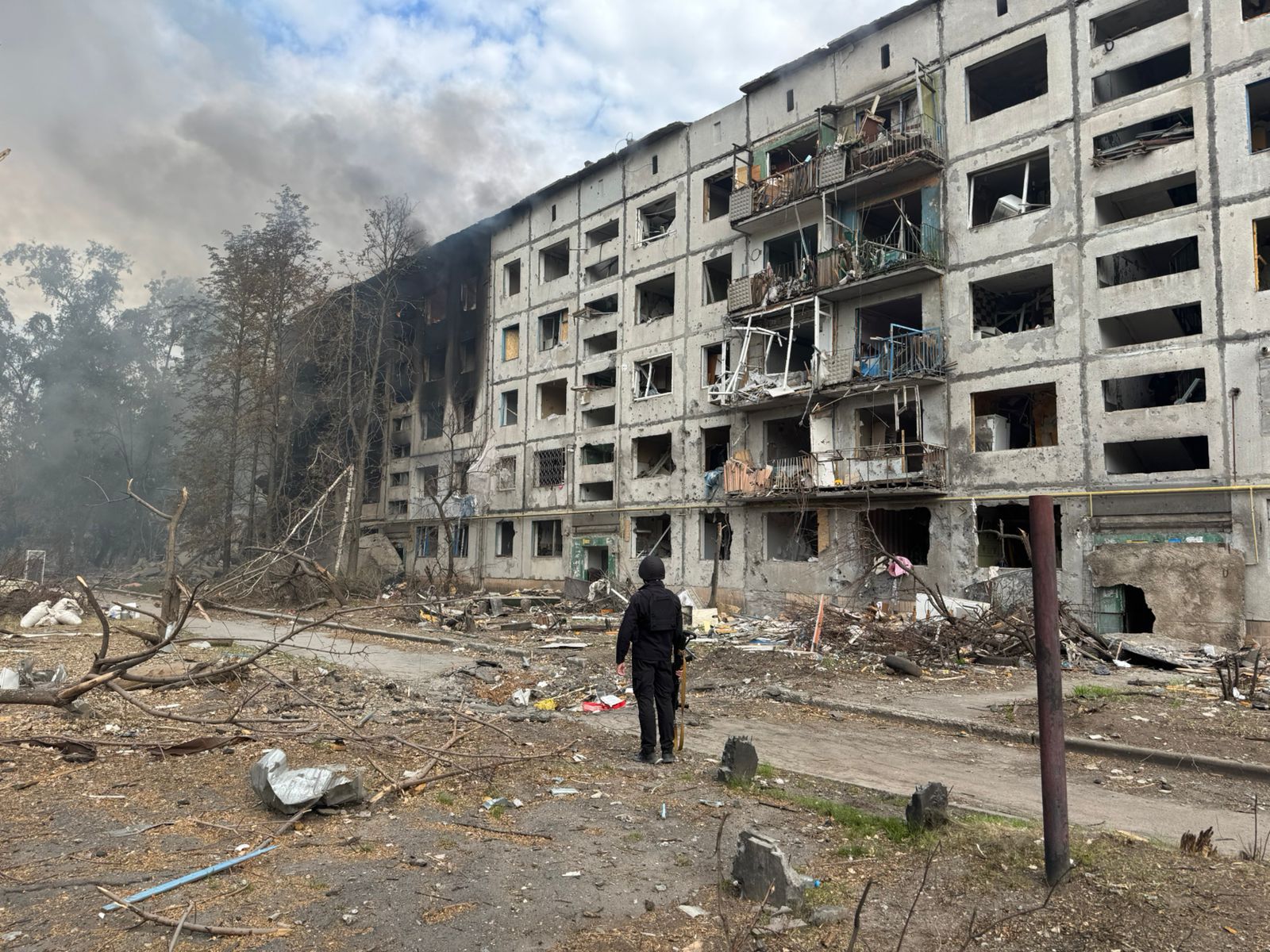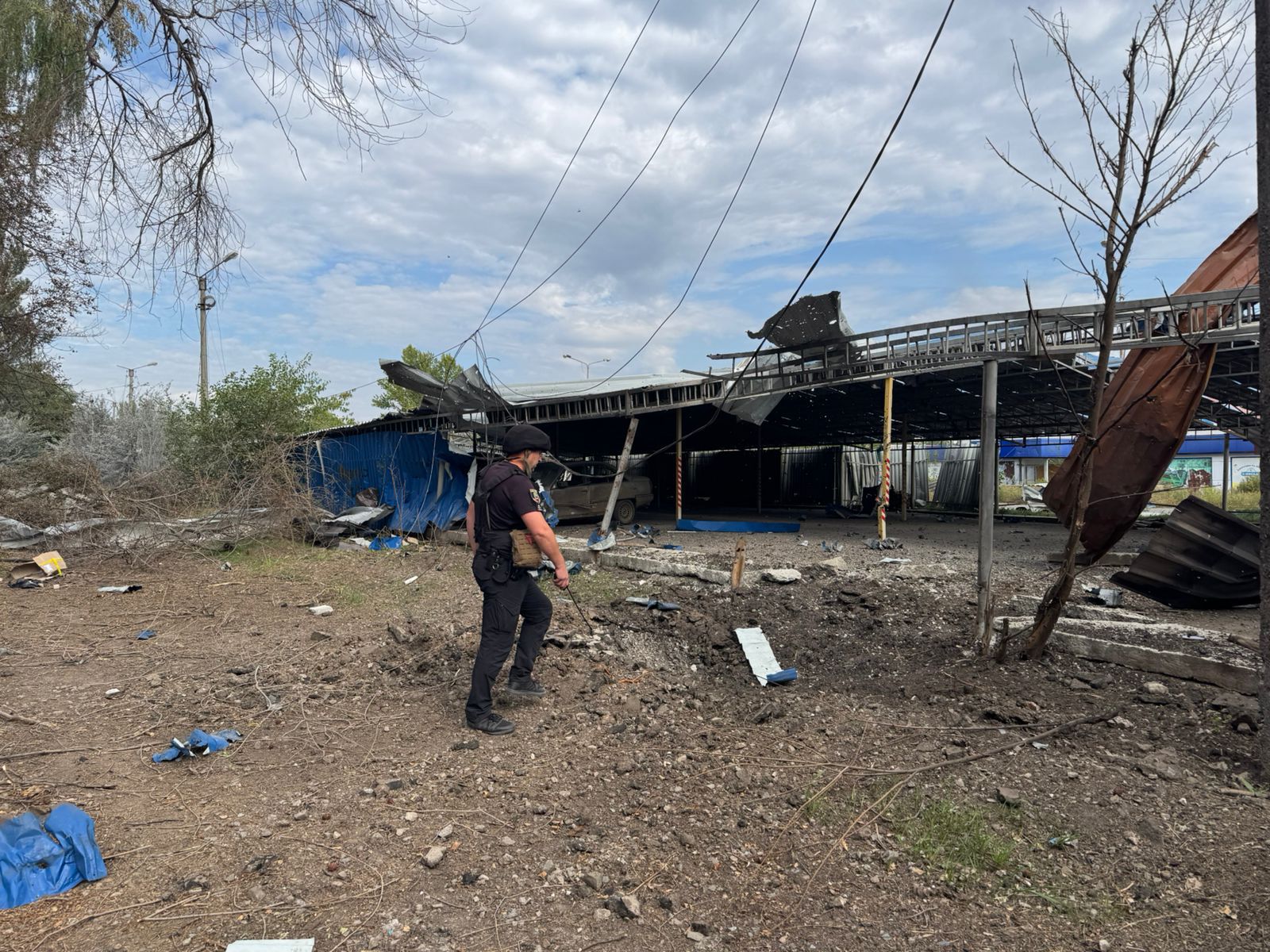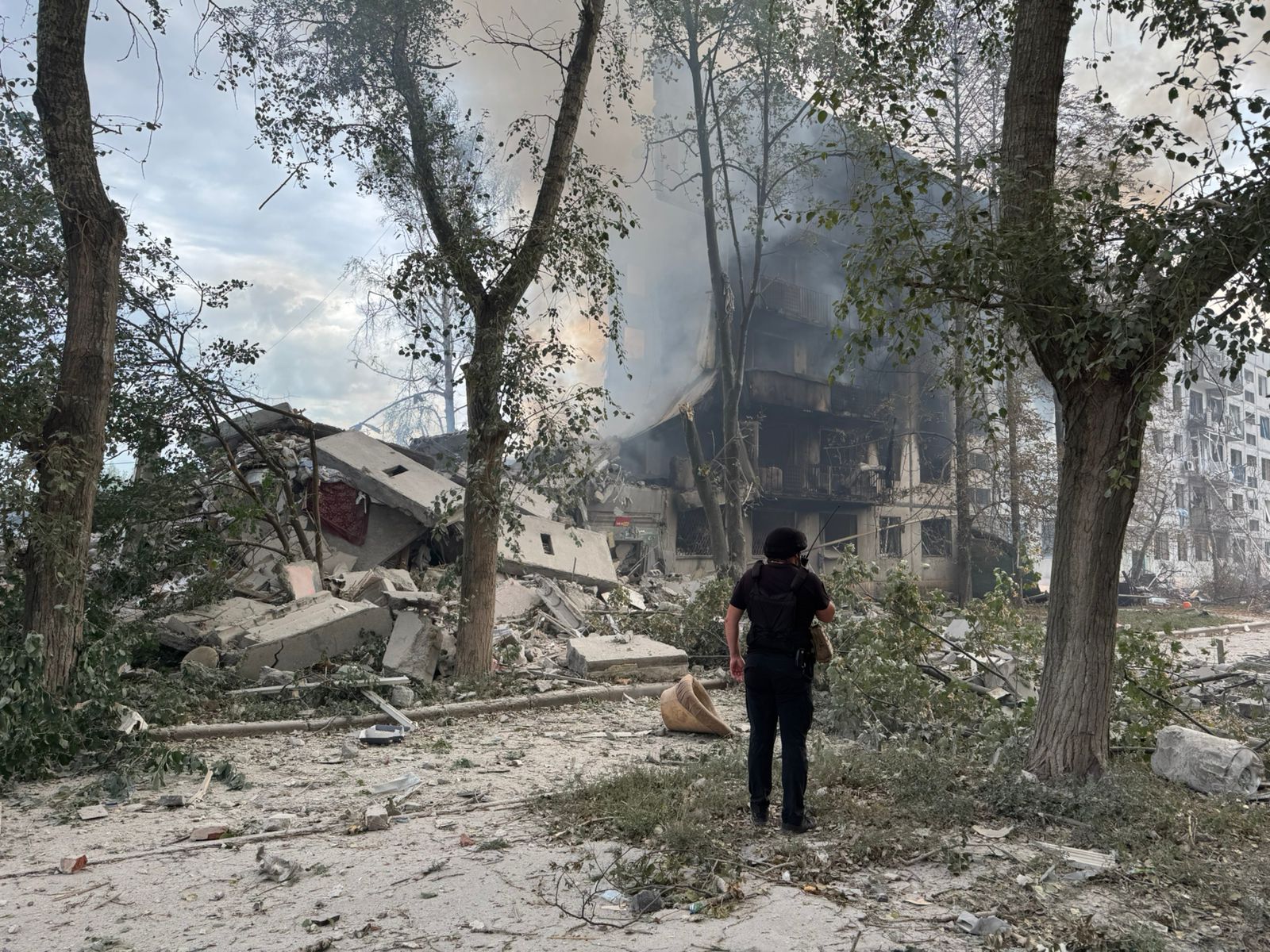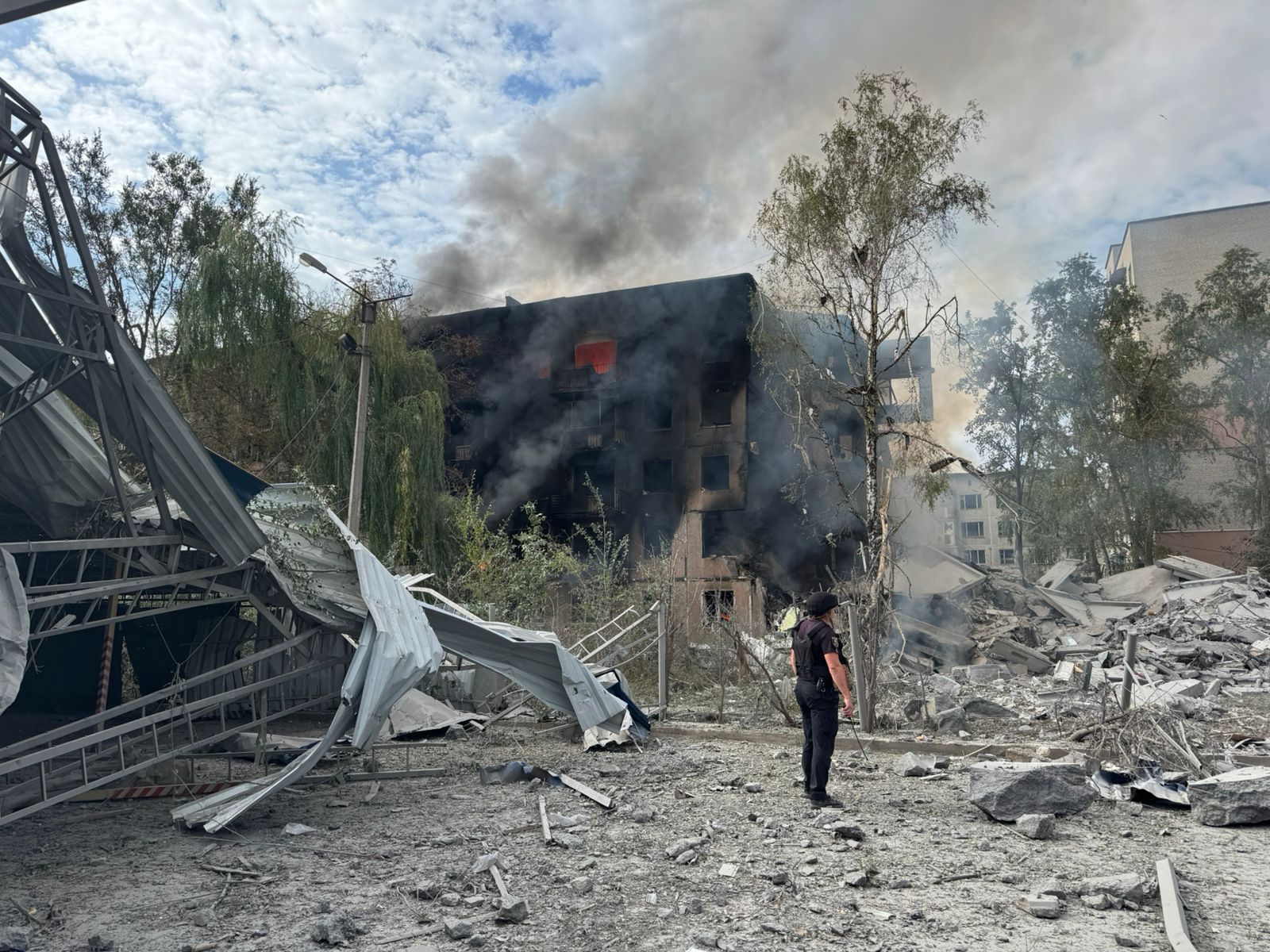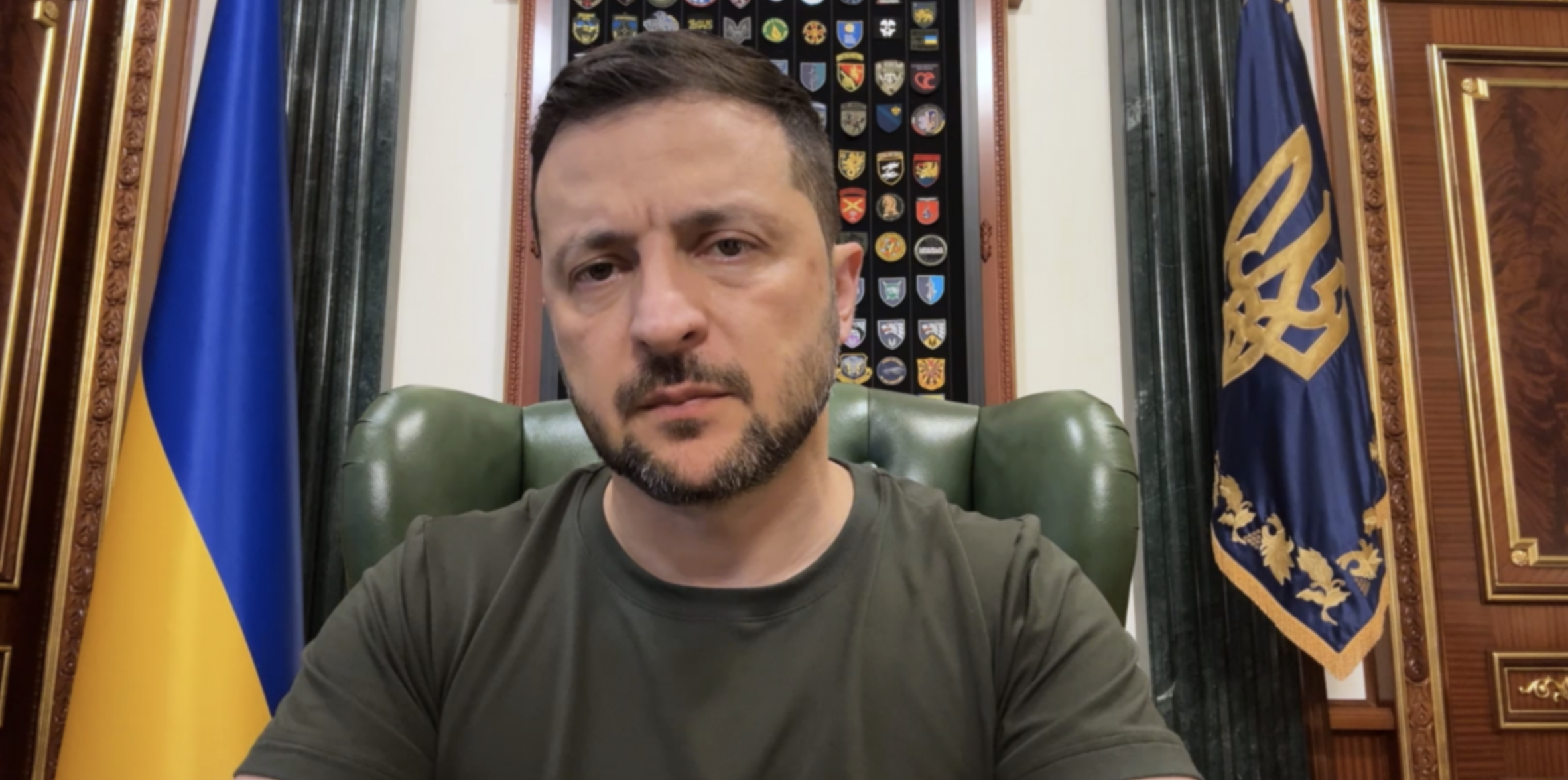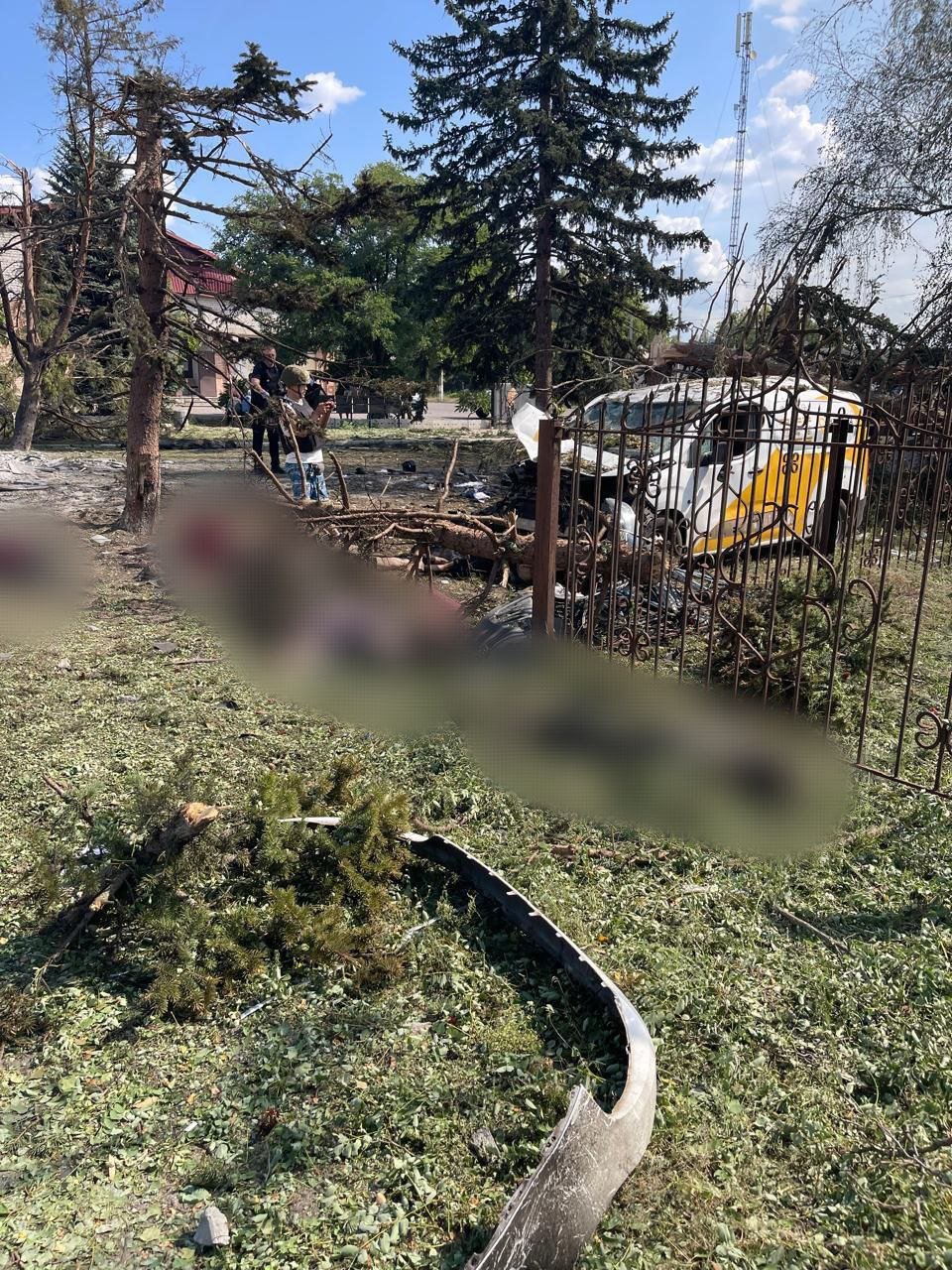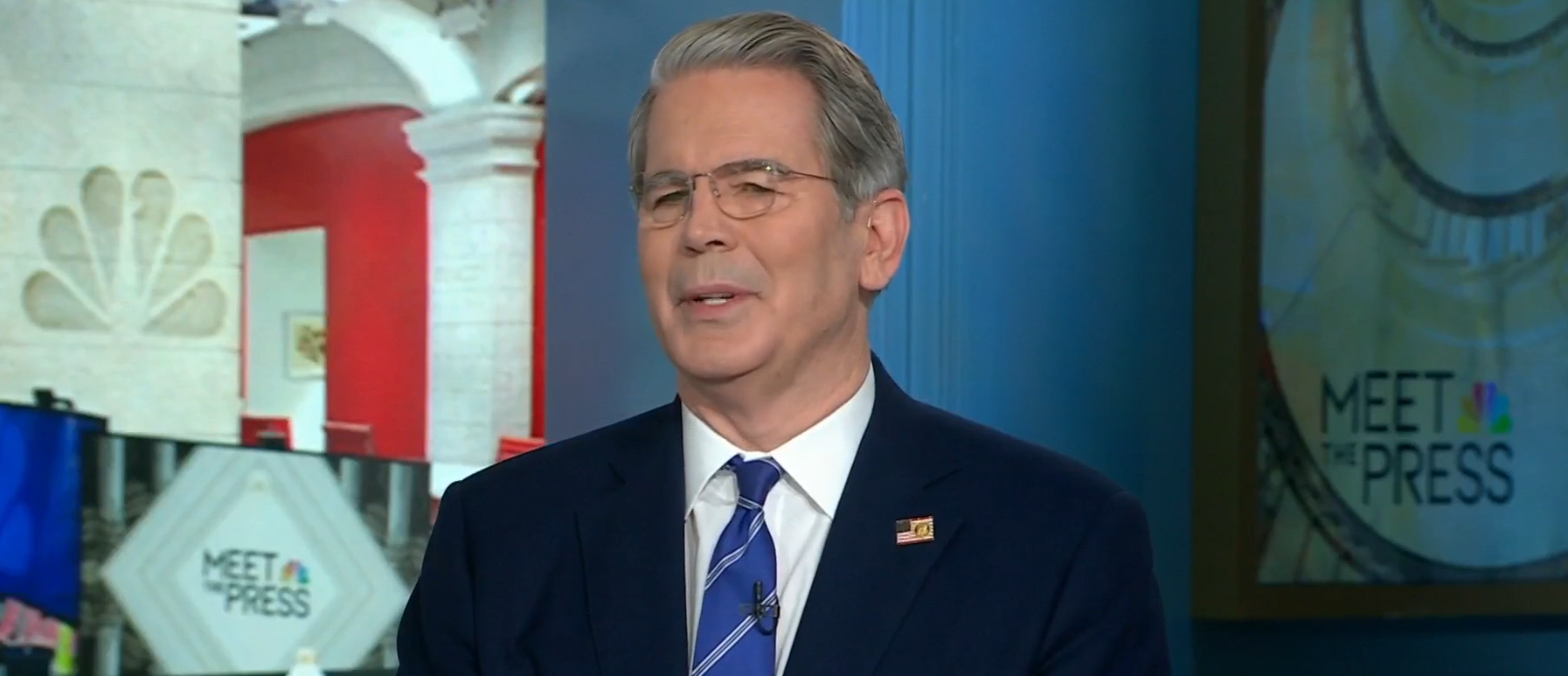NATO invokes Article 4 after Russian drone incursion into Poland
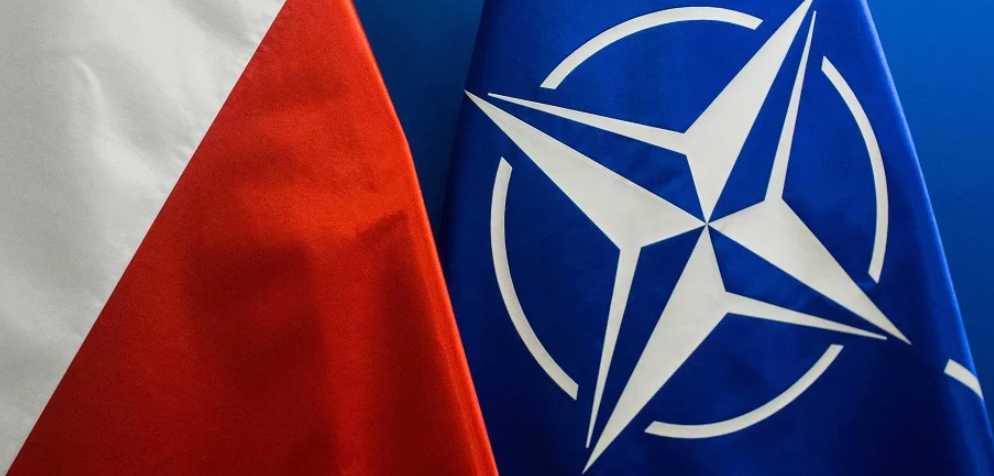
NATO has invoked Article 4 of its founding treaty after several Russian drones entered Polish airspace through Ukraine and Belarus, Polish officials confirmed on Sept. 10.
Polish government spokesman Adam Szłapka told local media that consultations among NATO allies are already underway. Under Article 4, member states are required to meet whenever they perceive a threat to the territorial integrity, political independence or security of any member state.
The clause has only been used a handful of times in NATO’s history dating to 1949, including Turkey during the Syrian civil war and by eastern European allies following Russia’s full-blown invasion of Ukraine in February 2022.
Polish Prime Minister Donald Tusk said earlier in the day that Warsaw had formally requested the move after the incursion. While Article 4 does not commit the alliance to military action, it is often seen as a warning signal and a step short of invoking Article 5, NATO’s collective defense clause.
SOURCESymbolic number of the Day
EU to launch “drone alliance” with Ukraine, pledges $6.5 billion in funding. European Commission President Ursula von der Leyen announced on Sept. 10 that the European Union will provide Ukraine with a €6 billion ($6.5 billion) advance loan, funded through profits from frozen Russian assets, to boost joint drone production.
Speaking at her annual State of the European Union address to the European Parliament, von der Leyen said drones account for more than two-thirds of Russia’s equipment losses on the battlefield. She described Ukraine’s innovation in drone warfare as “not just a battlefield advantage, but a reminder of the power of human ingenuity in our open societies.”
SOURCE
War in Pictures
Russian strikes injure five, set homes on fire in Donetsk regional city of Kostiantynivka. Russian forces attacked the eastern Ukrainian city of Kostiantynivka on Sept. 9 with artillery, an explosive-laden drone and 1,100-pound FAB-500 aerial bombs, injuring at least five civilians, local officials said.
Serhii Horbunov, head of the city’s military administration, said four artillery shells hit residential areas, damaging nine buildings — eight single-family homes and one apartment block. One injured resident made it to a hospital in nearby Druzhkivka on his own.
Fires broke out in several locations, and officials said four more people were hurt in the bombing, with some possibly still trapped under rubble. Emergency crews continued searching the sites late into the day.
SOURCEVideo of the Day
Ukrainian intelligence strikes two Russian air defense radars in Crimea. Ukrainian special forces hit two high-value Russian air defense systems in occupied Crimea ahead of Ukraine’s Military Intelligence Day, the country’s Defense Intelligence Directorate (HUR) said on Sept. 9.
Operators from HUR’s drone systems unit struck a 48Ya6-K1 “Podlyot” radar and an RLM-M module from the 55Zh6M “Nebo-M” radar complex. The RLM-M unit was reportedly destroyed while on the move, as Russian forces were leaving their combat position.
The Podlyot radar is designed to detect low-flying targets, including drones and cruise missiles, while the Nebo-M is a long-range system capable of tracking aircraft and ballistic missiles. Both play key roles in Russia’s layered air defense network across Crimea.
SOURCEInstitute for the Study of War (ISW) report

Key Takeaways
- Russian territorial gains have become less costly over the last four months compared to Spring 2025 as Russian forces are sustaining a lower casualty rate per square kilometer seized.
- Russian casualty rates per square kilometer peaked in the first four months of 2025 as Russian forces fought to maintain the intensified pace of offensive operations they began in Fall 2024.
- Russian advances began to slow during the first four months of 2025 as Russian casualties remained consistent, resulting in a higher Russian casualty rate between January and April 2025.
- Russian forces began to make quicker gains in May 2025 and have sustained a faster rate of advance over the last four months as Russian casualties marginally decreased, although Russian forces continue to advance at foot pace.
- Russian casualty rates have likely decreased in Ukraine due to Russia’s renewed emphasis on using UAVs to generate some effects of battlefield air interdiction (BAI), largely led by UAV operators of Russia’s Rubikon Center for Advanced Unmanned Technologies.
- Recent Russian polling suggests that support among the Russian population for the war remains high despite growing casualties and relatively slow advances on the battlefield.
- Ukraine continues to strike Russian energy infrastructure.
- Ukrainian forces reportedly conducted a combined strike against three Russian command posts in and near occupied Donetsk City on September 8.
- Russian State Duma officials are engaging in a top-down Kremlin-organized effort to threaten Finland.
- Russian forces conducted a strike against a mobile pension dispersal point in Donetsk Oblast that killed and wounded dozens of mostly elderly civilians.
- Ukrainian forces recently advanced in the Kostyantynivka-Druzhkivka tactical area. Russian forces recently advanced near Novopavlivka.
Latest news
- NATO to discuss response to Russian drone incursion into Poland
- Drone falls on house in Poland near border with Belarus
- Russian propaganda tries to shift blame onto Ukraine for drones over Poland
- Ukrainian foreign minister urges NATO to down missiles and drones over Ukraine after attack on Poland
- US Congressman Joe Wilson says Russian attack on Poland is “an act of war”
- Reuters: NATO not treating Russian drone incursion into Poland as attack on Alliance
- Investigation: New military bases under construction in Belarus, one may host Russian ballistic missiles

